In the realm of alternative housing options, the allure of tiny house living has captured the imagination of many. However, amidst its growing popularity, misconceptions persist.
In this article, we delve into the world of tiny house living, exploring the philosophy, challenges, and benefits that come with it. Experts shed light on common misconceptions, providing valuable insights into the true essence of this minimalist lifestyle.
By debunking misconceptions and offering accurate information, we aim to provide a comprehensive understanding of the real value of tiny house living in today’s society.
The Myth of Tiny House Living: It’s Just About the House
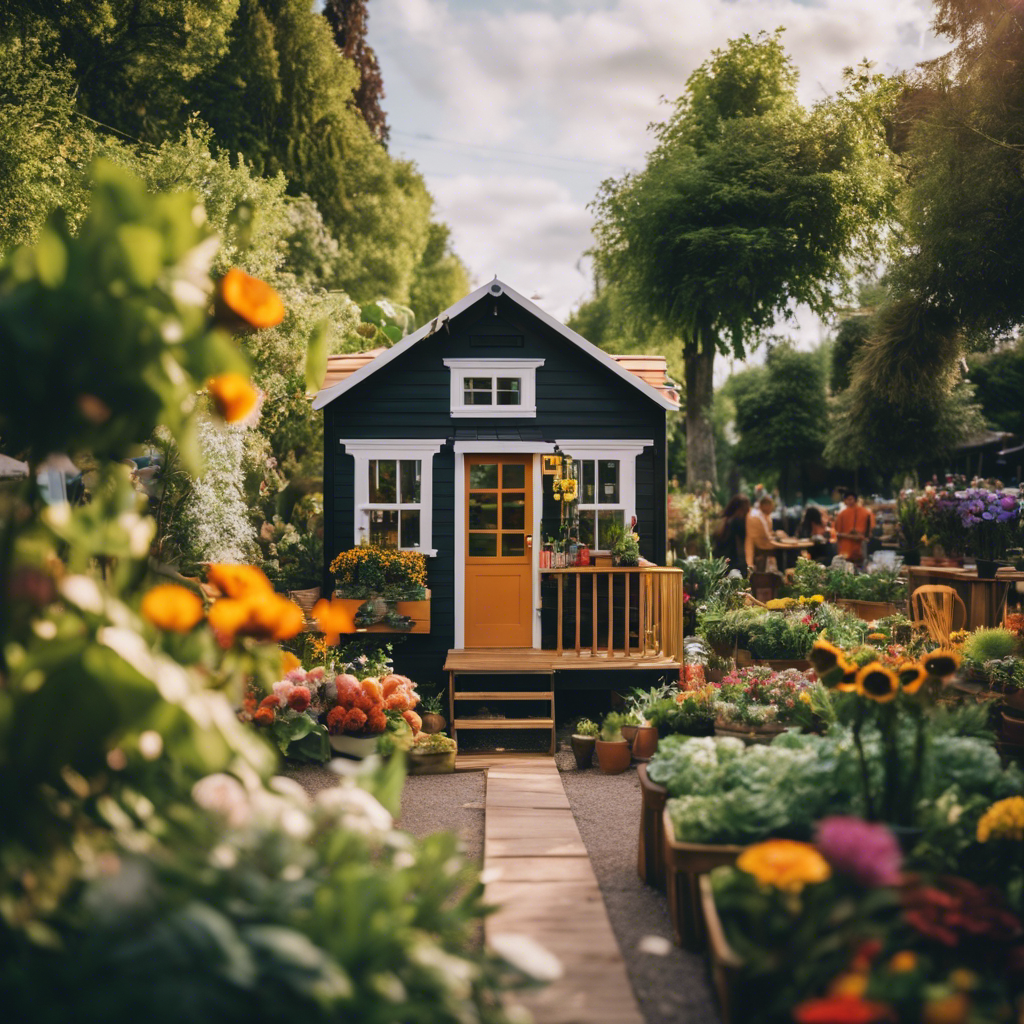
The current discussion topic challenges the misconception that tiny house living is solely about the physical structure, emphasizing the importance of self-reflection and simplification in the pursuit of a fulfilling lifestyle.
In reality, tiny house living goes beyond the mere act of downsizing and embracing minimalism. It is about building connections within the tiny house community and finding purpose through self-reflection.
Living in a tiny house provides an opportunity to prioritize what truly brings happiness and to evaluate one’s values and relationship with consumer culture. It is a lifestyle that encourages individuals to focus on the philosophy of simple living rather than the size of the house.
Debunking the Misconception: Tiny House Living Is All About Mobility
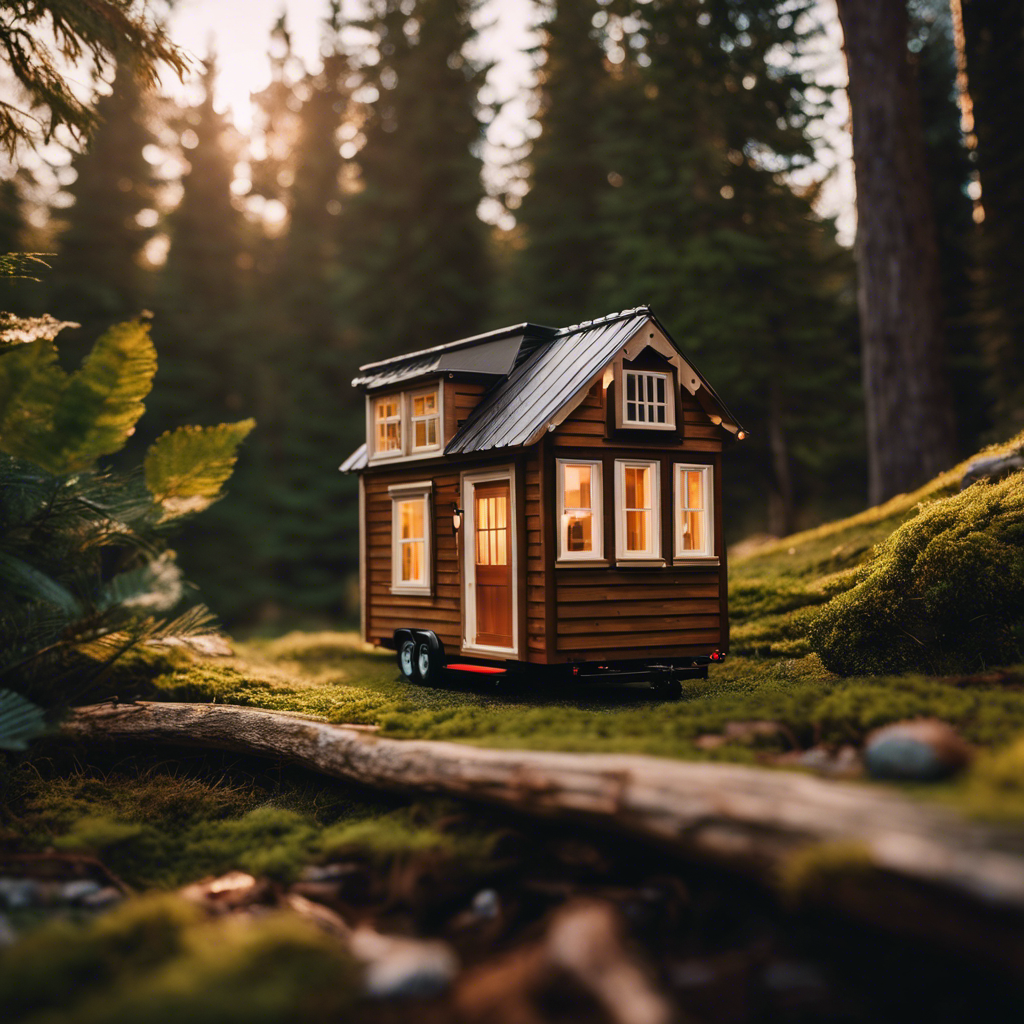
Despite popular belief, tiny house living is not solely about mobility but also about embracing simplicity and intentional living. While the ability to move a tiny house to different locations is certainly an attractive aspect of this alternative housing option, there are deeper psychological benefits to be gained from choosing a minimalist lifestyle.
Exploring alternative housing options, such as tiny houses, allows individuals to reassess their priorities and focus on what truly brings them happiness. By downsizing and decluttering their living space, people can create a more intentional and meaningful environment. This simplification can lead to reduced stress, increased mindfulness, and a greater sense of contentment.
Tiny house living is not just about the physical structure, but also about the mindset and values that one embraces in pursuit of a simpler, more fulfilling life.
Common Misconceptions About the Downsizing Process
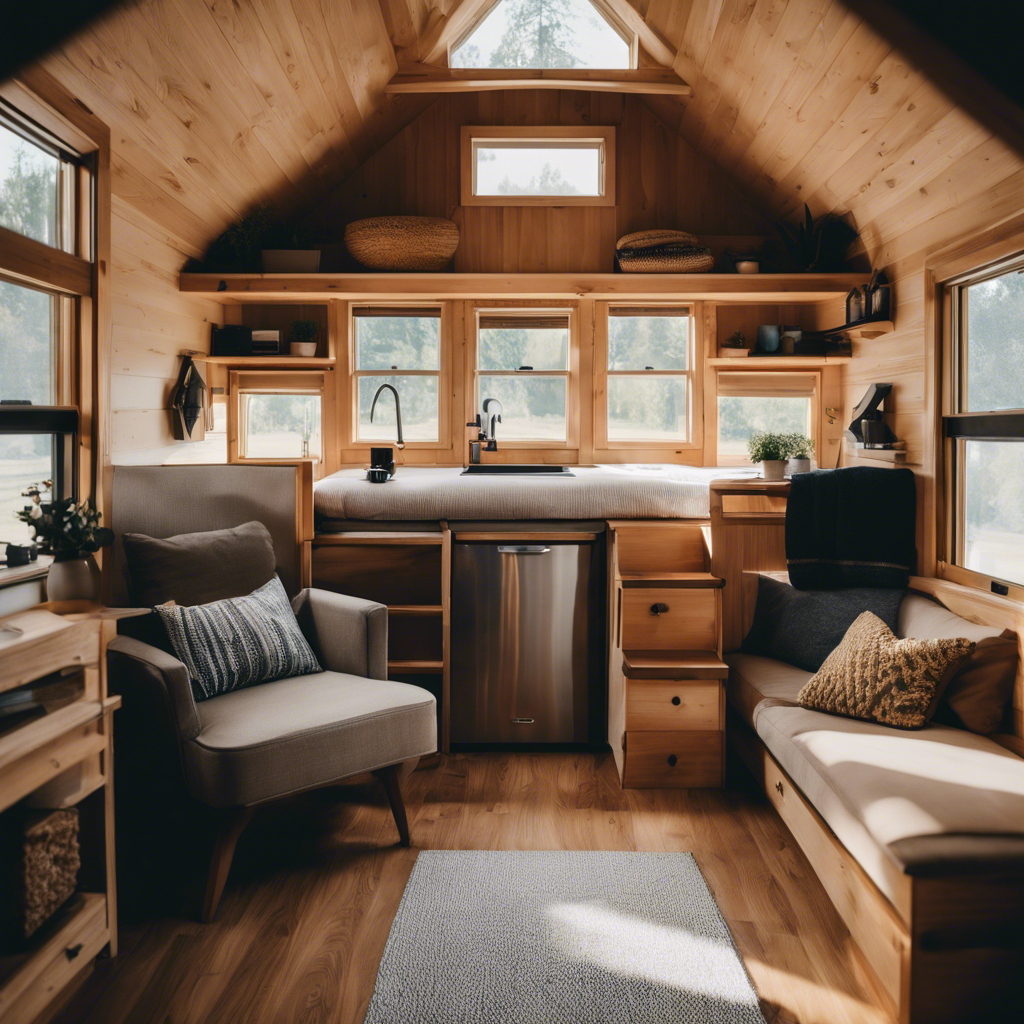
One misconception about downsizing is that it is a quick and effortless process, when in reality, it requires careful consideration and planning. The emotional benefits of downsizing in tiny house living cannot be overlooked, as it allows for a simpler and more intentional lifestyle.
To successfully navigate the ongoing downsizing process in a tiny house, strategies must be implemented.
Some strategies for successful ongoing downsizing in a tiny house include:
-
Prioritizing possessions based on their value and significance, rather than their quantity.
-
Regularly decluttering and reassessing the necessity of items to prevent accumulation and maintain a minimalist lifestyle.
The Truth About Tiny House Living: It’s More Than Just a Financial Decision
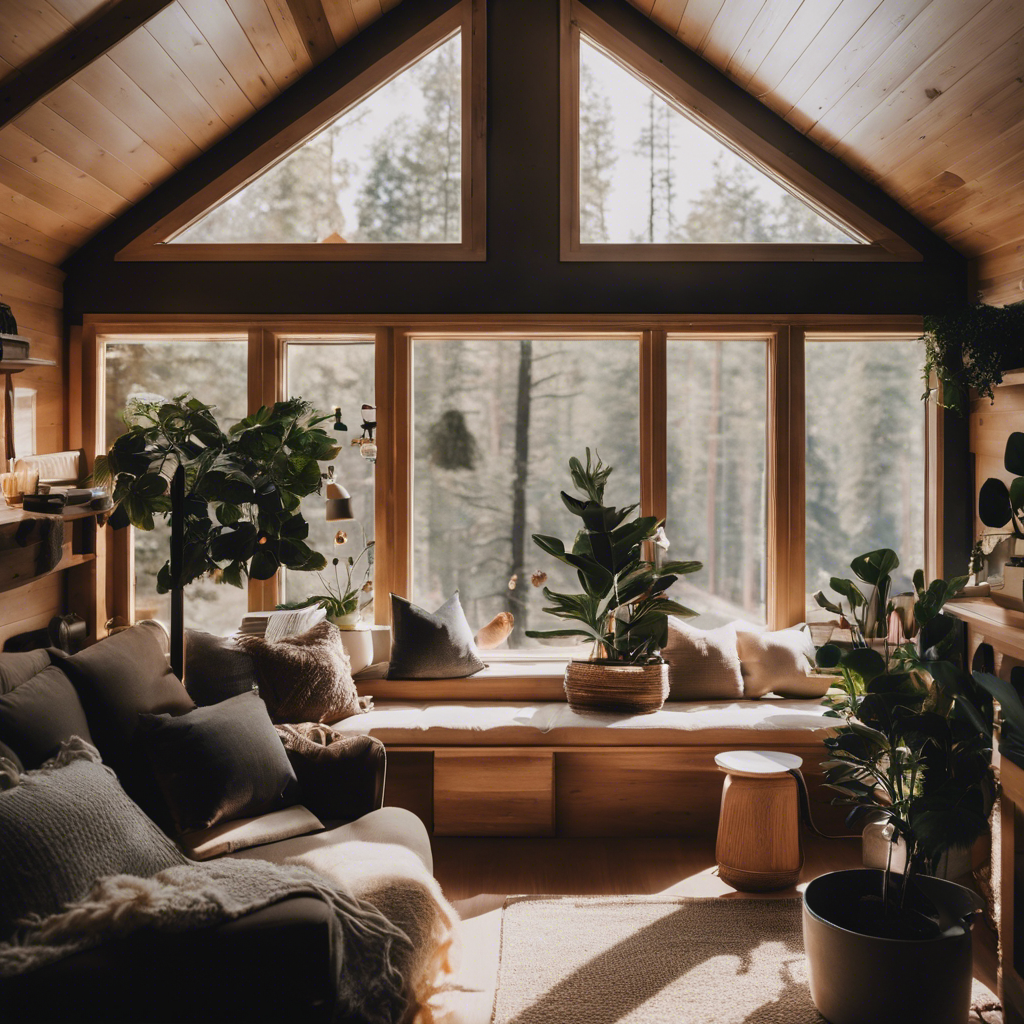
Choosing to embrace tiny house living involves considering a multitude of factors beyond finances, such as personal values, lifestyle priorities, and the desire for a simpler and more intentional way of life. While the financial benefits of tiny house living are often highlighted, it is important to recognize that the impact on mental health and the role of community are equally significant aspects of this lifestyle choice. Living in a tiny house can provide a sense of freedom and reduce stress by eliminating the need for excessive material possessions. Additionally, the close-knit communities that often form around tiny house living can provide a support system, foster a sense of belonging, and promote social interaction. Prioritizing mental well-being and building strong connections with others are essential considerations when exploring the world of tiny house living.
| Tiny House Living: The Impact on Mental Health | The Role of Community in Tiny House Living |
|---|---|
| Provides a sense of freedom and reduces stress | Builds a support system and sense of belonging |
| Eliminates the need for excessive material possessions | Promotes social interaction |
| Encourages a minimalist lifestyle | Fosters a sense of community |
| Enhances overall well-being | Offers opportunities for collaborative living |
| Prioritizes mental health and self-care | Facilitates shared resources and cost-sharing opportunities |
Exploring the Diversity of Tiny House Dwellers
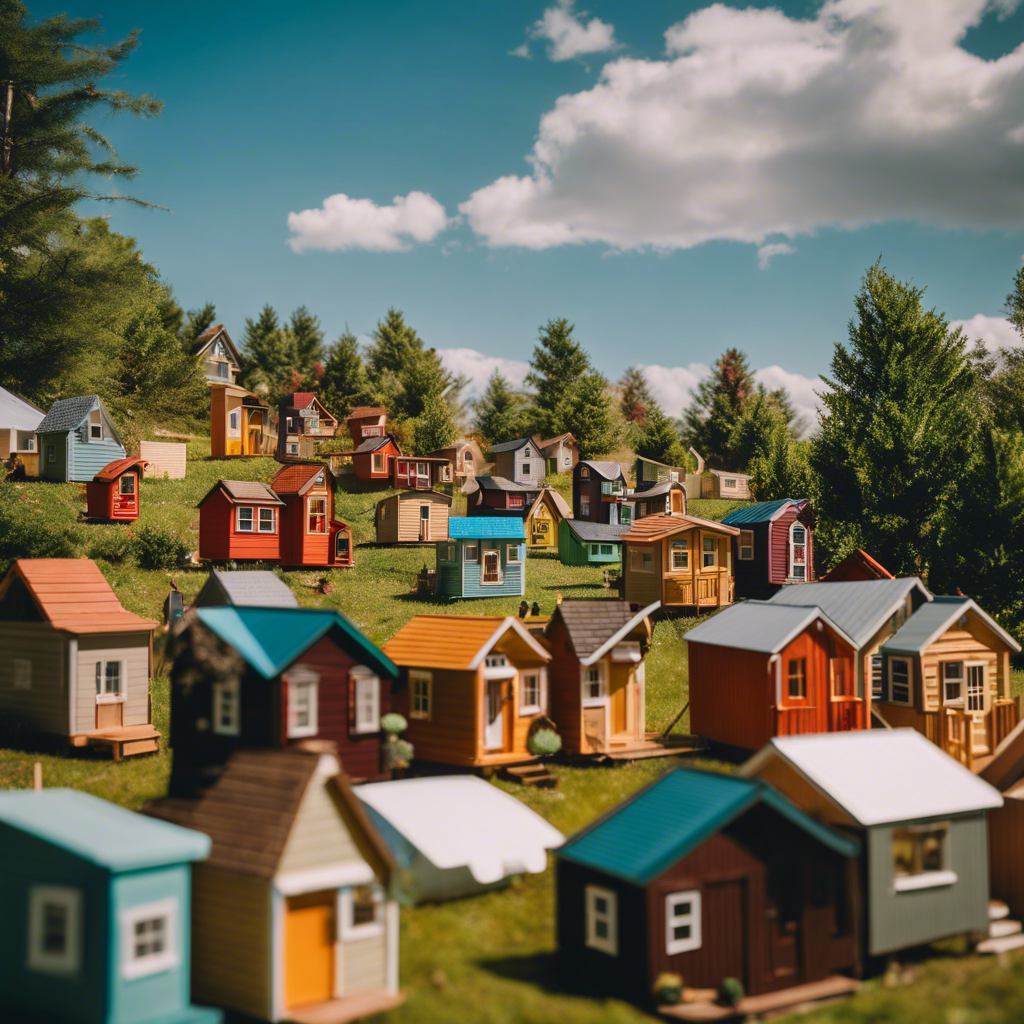
As we delve into the discussion of exploring the diversity of tiny house dwellers, it becomes evident that the appeal of this lifestyle extends far beyond a specific demographic or stereotype. Tiny house living attracts individuals from all walks of life, with different motivations and aspirations.
The diversity of tiny house dwellers challenges stereotypes and showcases the wide range of people who choose to embrace this unique lifestyle.
-
Exploring different motivations:
-
Some individuals are drawn to tiny house living for financial reasons, seeking affordable housing options and lower utility costs.
-
Others are motivated by a desire for a simplified and minimalist lifestyle, prioritizing experiences and relationships over material possessions.
-
Finding community in tiny house living:
-
Tiny house communities provide a sense of belonging and support, allowing like-minded individuals to connect and share resources.
-
Community events and activities foster a strong sense of camaraderie, creating opportunities for collaboration and friendship.
Overcoming Challenges: Zoning and Legal Restrictions in Tiny House Living
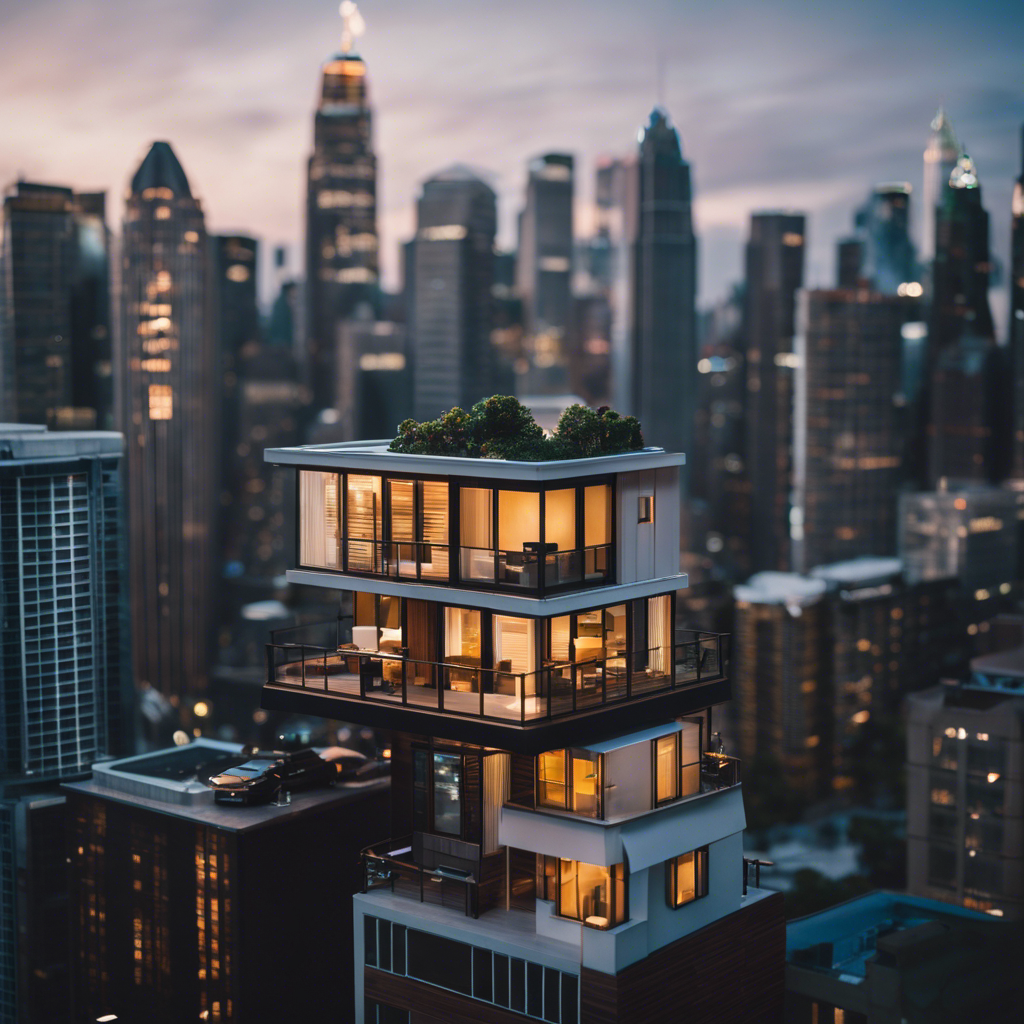
The zoning and legal restrictions in tiny house living pose significant challenges for individuals seeking to embrace this alternative lifestyle. Overcoming these legal obstacles and finding suitable land are crucial steps in making the dream of tiny house living a reality.
| Challenges in Tiny House Living | Strategies to Overcome |
|---|---|
| Zoning restrictions | Research local zoning laws and regulations, seek variances or exemptions, join advocacy groups |
| Finding suitable land | Explore rural or less regulated areas, connect with landowners willing to lease or sell land, consider joining a tiny house community |
| Building codes and regulations | Consult with professionals familiar with tiny house construction, obtain necessary permits, adhere to safety standards |
| Financing options | Explore self-funding, personal loans, crowdfunding campaigns, RV loans, partnerships with builders or communities |
Financing Options for Tiny Houses: Beyond the Traditional Mortgage
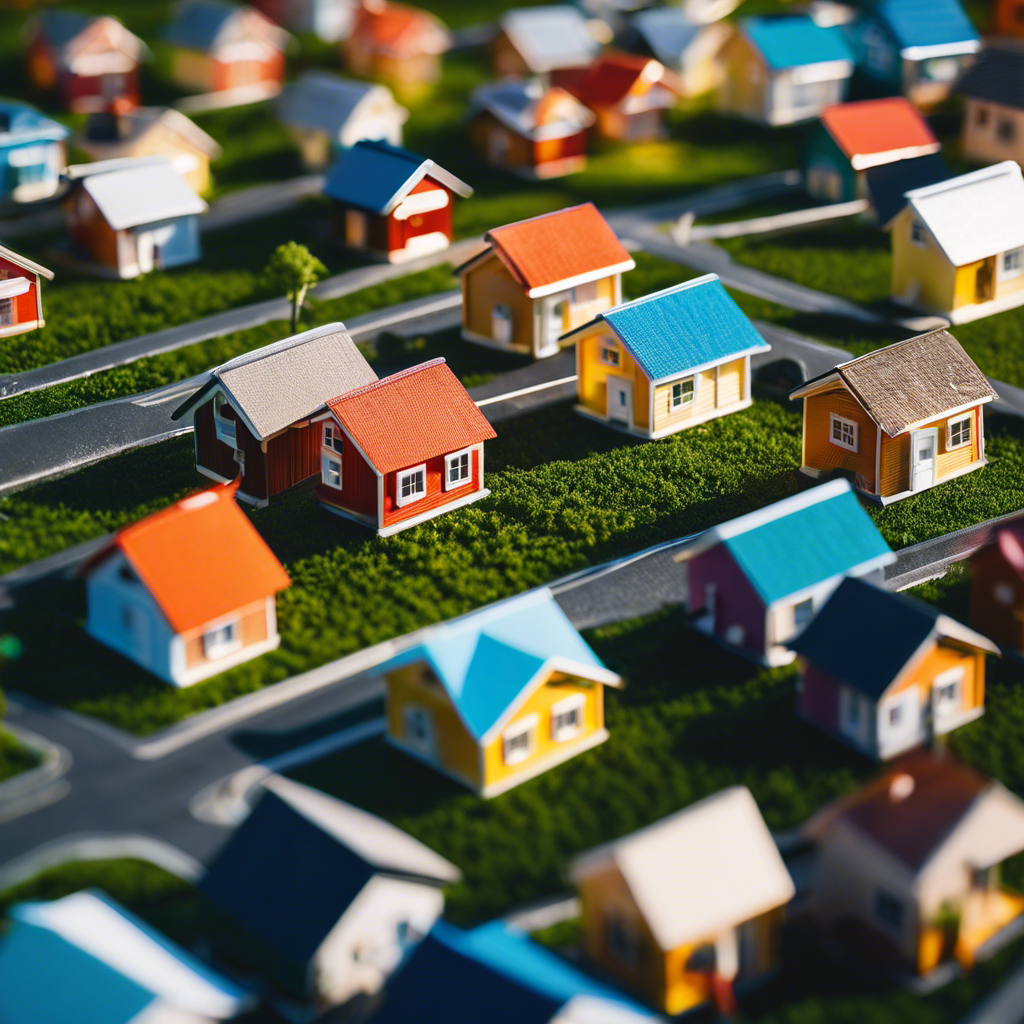
While traditional mortgages are a common financing option for homebuyers, individuals interested in tiny houses have a variety of alternative options to explore. When it comes to financing a tiny house, innovative funding solutions beyond mortgages are available.
Here are some of the alternative financing options for tiny houses:
-
Personal loans:
- Allows individuals to borrow money without using the house as collateral.
- Provides flexibility in terms of repayment and interest rates.
-
Crowdfunding campaigns:
- Involves raising funds through online platforms by pitching the tiny house project to a community of supporters.
- Offers an opportunity to gather financial support from like-minded individuals.
These alternative financing options provide individuals with the opportunity to pursue their dream of owning a tiny house without relying solely on traditional mortgages. By exploring innovative funding solutions for tiny houses, individuals can find a financing option that aligns with their specific needs and financial situation.
Environmental Benefits of Tiny Houses: Separating Fact From Fiction
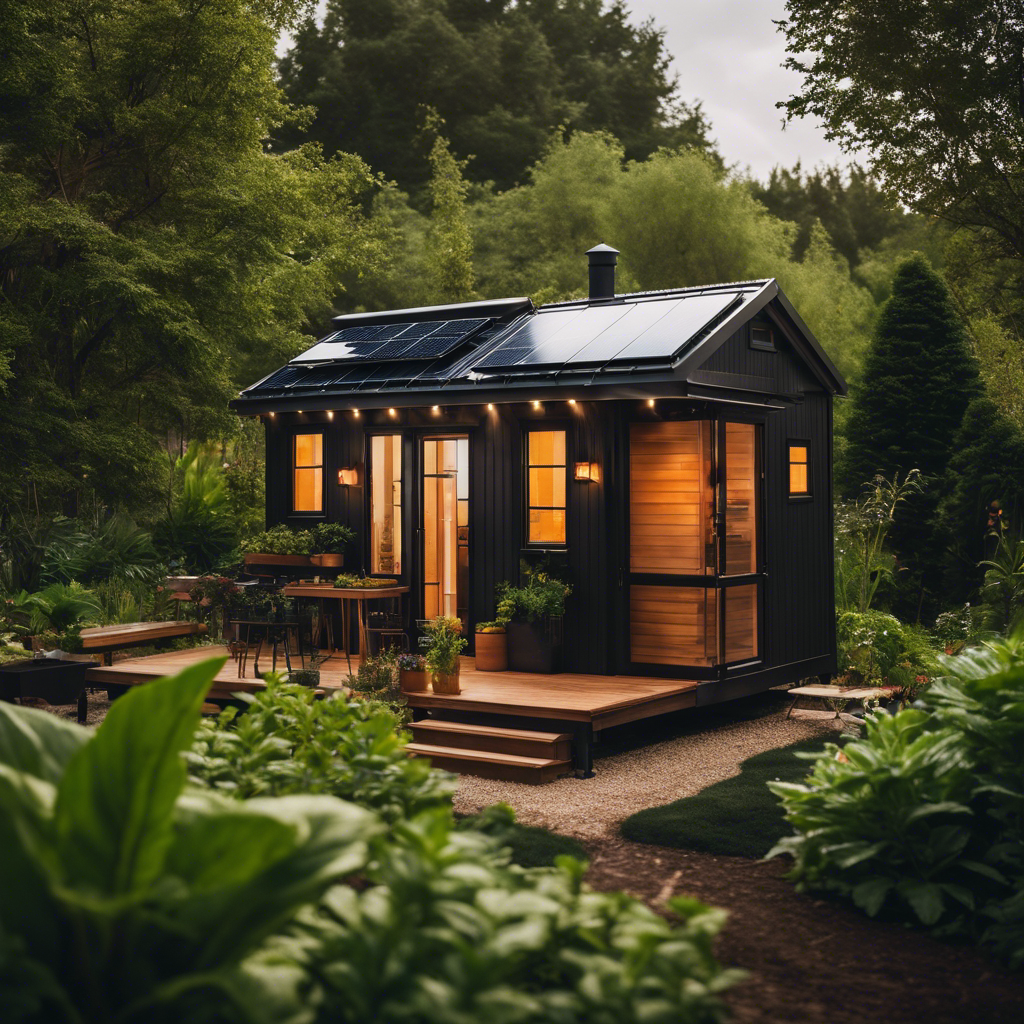
Interestingly, many people mistakenly believe that tiny houses have a minimal environmental impact, when in reality, the environmental benefits of tiny houses are often exaggerated.
While it is true that tiny houses can be more energy-efficient and have a smaller carbon footprint compared to traditional homes, there are other factors to consider.
One of the key environmental benefits of tiny houses is the use of sustainable materials. Many tiny house builders prioritize using eco-friendly and recycled materials in their construction, reducing the demand for new resources.
Additionally, tiny houses often promote a minimalist lifestyle, leading to reduced consumption and waste.
However, it is important to note that the overall environmental impact of a tiny house depends on various factors, including location, energy sources, and individual lifestyle choices. Therefore, it is essential to approach the topic of environmental benefits in tiny houses with a critical mindset and consider the specific circumstances of each case.
Frequently Asked Questions
How Can Living in a Tiny House Contribute to Self-Reflection and Simplification of Life?
Living in a tiny house can contribute to self-reflection and simplification of life by promoting self-care and mindfulness. The limited space encourages individuals to prioritize what truly brings them happiness and make intentional choices in their daily lives.
What Are the Key Aspects of Planning and Designing a Tiny House?
Planning and designing a tiny house involves crucial steps such as finding a suitable parking space, tailoring the design to specific needs, and downsizing before the build. Rushing into the process without proper planning can lead to regrets.
How Does Downsizing and Embracing Minimalism Play a Role in Tiny House Living?
Downsizing and embracing minimalism are integral to the philosophy of tiny house living. While challenging, the benefits include simplified lifestyles, reduced environmental impact, and increased financial freedom.
What Are Some Examples of Customization and Adaptability in Tiny House Design?
Customization and adaptability are key factors in tiny house design. Tiny houses can be tailored to individual preferences, with separate spaces for specific purposes. Additional tiny houses can be built to accommodate more space or family members.
How Is Tiny House Living More About Lifestyle Choices and Priorities Rather Than Just the Size of the House?
Tiny house living is more about lifestyle choices and priorities than just the size of the house. It involves making mindful choices, embracing simplicity, and focusing on the philosophy of simple living to bring joy and fulfillment.
Conclusion
In conclusion, this article has delved into the world of tiny house living, debunking common misconceptions and shedding light on the true essence of this lifestyle.
It has explored the philosophy, challenges, and benefits of living in a tiny house, emphasizing that it goes beyond just the physical structure.
By providing accurate information and insights from experts, this article aims to provide a comprehensive understanding of tiny house living and its value in today’s society.


